Introduction
Natural Climate Solutions, also called Nature-Based Solutions, are actions that reduce emissions and increase carbon storage in forests, farms, grasslands and wetlands, while providing a host of additional benefits for people and the environment.
Practices that could be included are actions like encouraging farming techniques that retain carbon in the soil, such as planting cover crops; conserving and replanting forests; conserving and restoring coastal wetlands; and reducing the loss of natural areas, planting trees, and providing parks in communities.
Not only do these efforts help address climate change – they can improve water quality, prevent natural disasters like wildfire, drought, and flooding, protect wildlife habitat, and provide opportunities for hiking and fishing. Best of all, these solutions are cost effective, and can often improve local economies.
Below you can explore how people in Alaska are benefiting from implementing nature-based solutions in their community through a diverse set of resources from USN4C members and others, including blog articles, videos, comprehensive reports, and more.
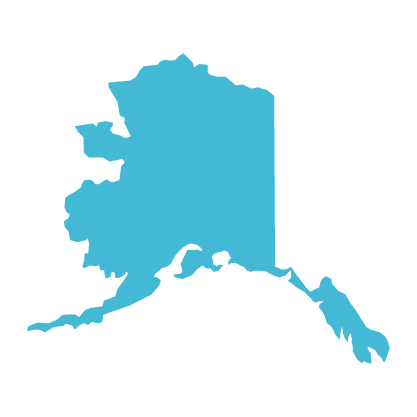
Blog Articles
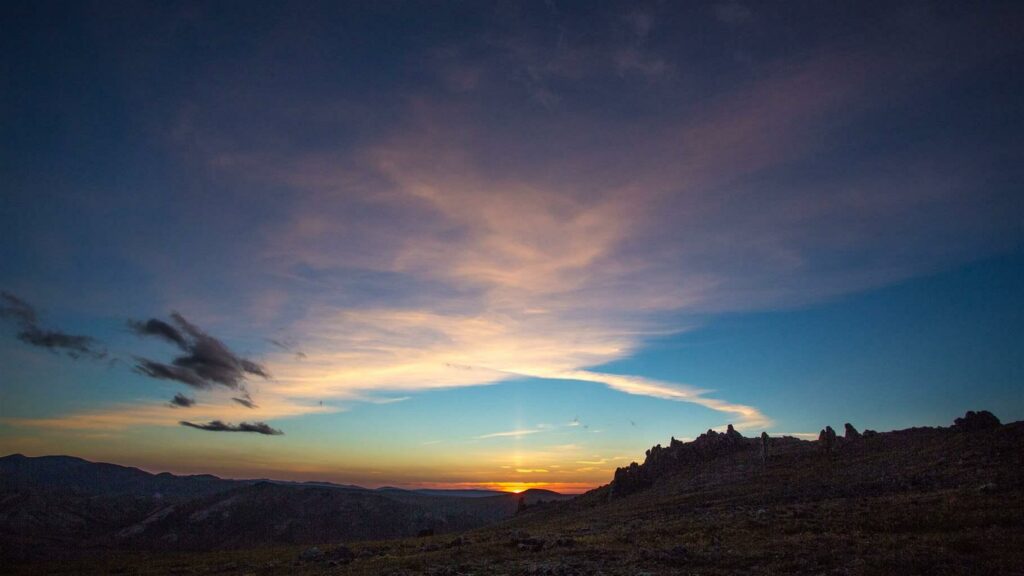
Pew Charitable Trusts Article: New Federal Plan Balances Conservation, Other Uses Across Vast Public Lands in Alaska
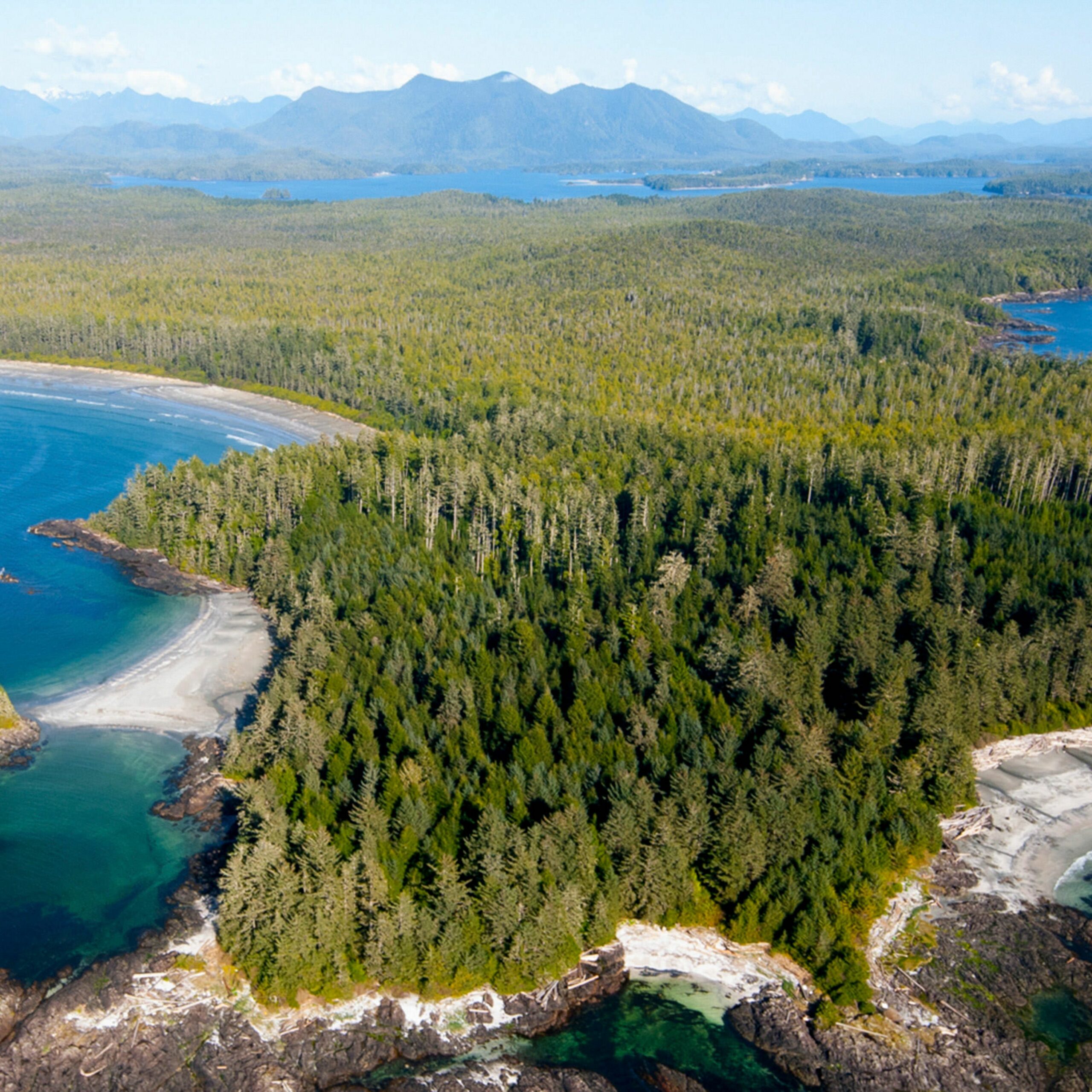
The Nature Conservancy Article: How North America’s Emerald Edge Could Help Change the World
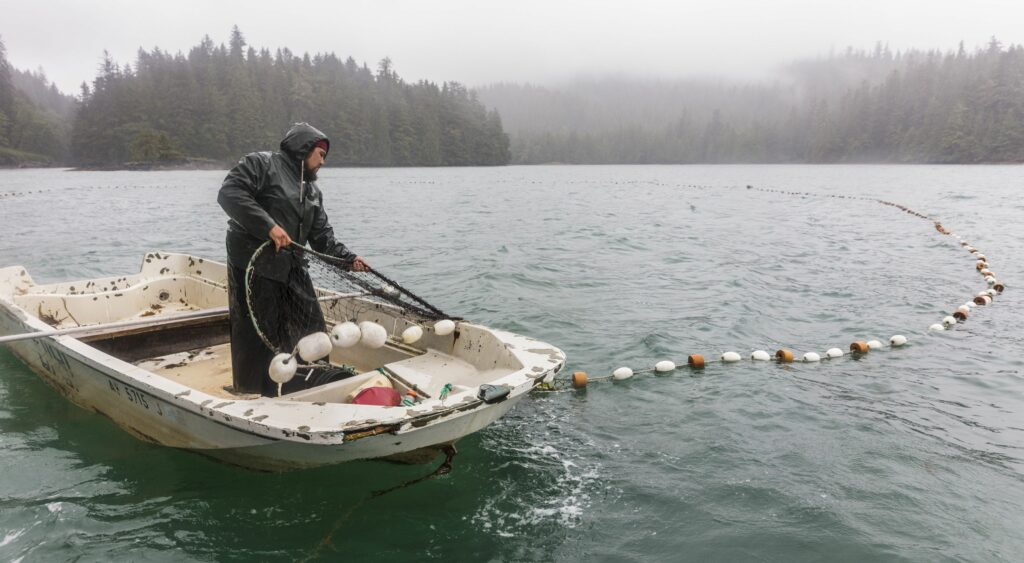
The Nature Conservancy Article: Southeast Alaska Shows New Model for Indigenous-led Stewardship
Forests:
- Cary Institute of Ecosystem Studies Article: New Project Will Inform Firefighting Efforts to Maximize Carbon Storage in Alaskan Refuge
- Pew Charitable Trusts Article: As Climate Threats Grow, U.S. Seeks to Restore Old-Growth Forests
- Scientific American Op-Ed by Environmental Defense Fund Executive Director Amanda Leland & Chief Scientist Steven Hamburg: How Temperate Forests Could Help Limit Climate Change
- The Nature Conservancy Press Release: Nature Conservancy Releases Innovative Emerald Edge Carbon Map
Coastal Wetlands:
- Pew Charitable Trusts Article: Change in Federal Protections for Wetlands Poses Resilience Challenge for States
- Pew Charitable Trusts Article: States Improve How They Assess Coastal Wetlands’ Impacts to Reduce Climate Pollution
- National Wildlife Federation Article: What Is Marine Carbon Dioxide Removal?
- U.S. Nature4Climate/Pew Charitable Trusts Blog Article: Carbon Captured by Coastal & Ocean Habitats Can Advance States’ Climate Goals: Experts discuss growing ‘blue carbon’ data and resources, and their potential role in policy
- U.S. Nature4Climate Blog Article: Tapping into the Potential of Blue Carbon: A Natural Solution to Climate Change and Coastal Resilience
Reports

The Nature Conservancy‘s Alaska 2024 Report: “We have a globally significant opportunity to make an impact on climate change and biodiversity right here in Alaska. Find out how TNC is working to ensure the state’s wild lands, waters, wildlife and salmon remain vibrant for future generations in Alaska’s 2024 Annual Report.”
Videos & Podcasts
The Nature Conservancy‘s Video: The Emerald Edge: A Culture of Conservation
Explore More!
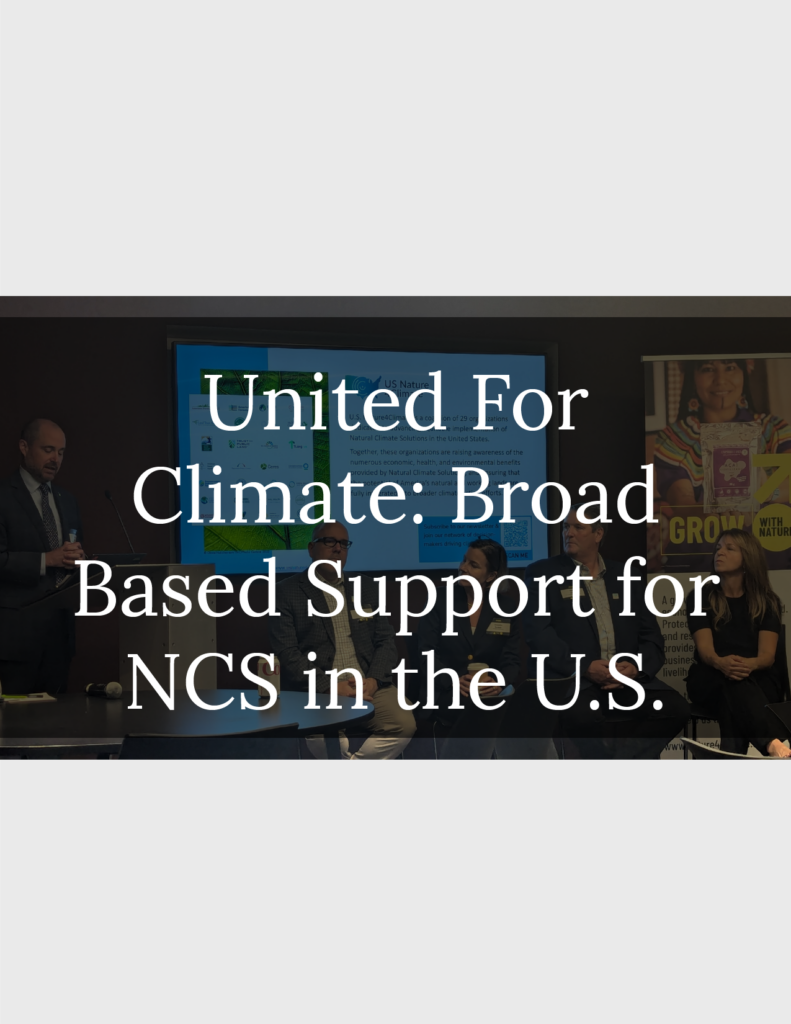
A new national survey conducted by U.S. Nature4Climate shows that voters across party lines support natural climate solutions more than ever, suggesting fertile ground for bi-partisan cooperation and consensus-building, opening up new avenues for climate action. Learn more.
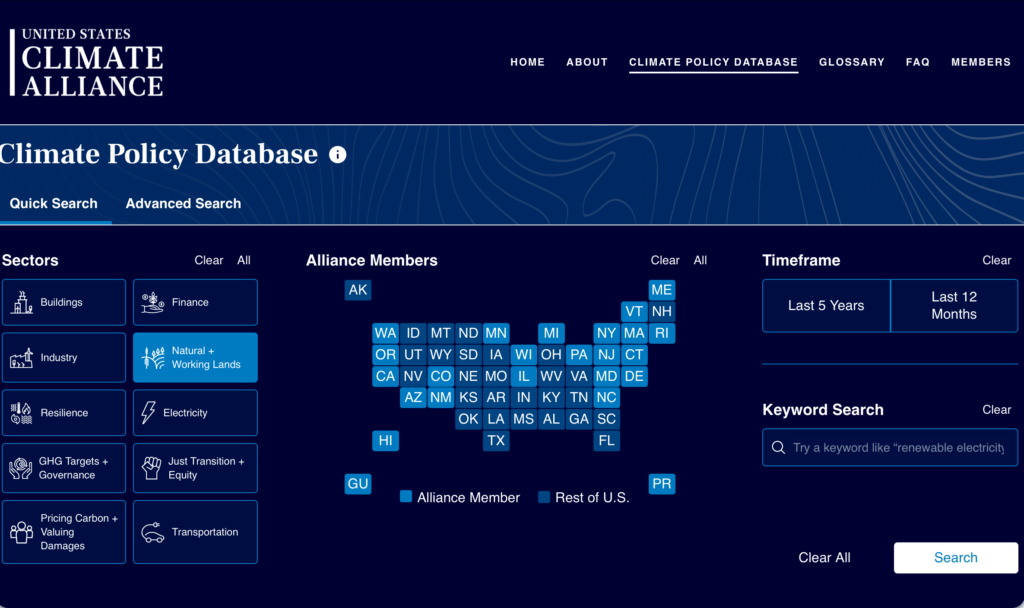
Explore U.S. Climate Alliance‘s Climate Policy Database.
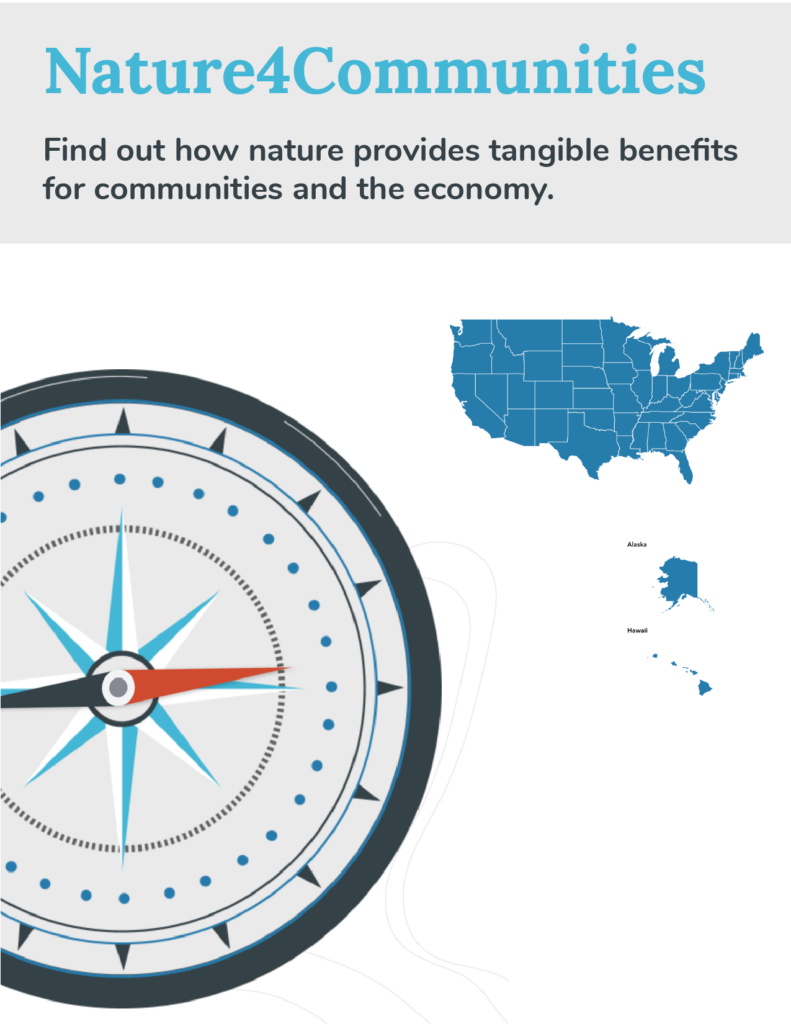
Explore Nature4Communities, a resource that shows you how nature-based solutions are critical for your community’s well-being and become a better advocate for their implementation.
